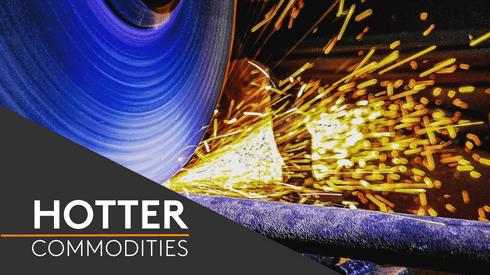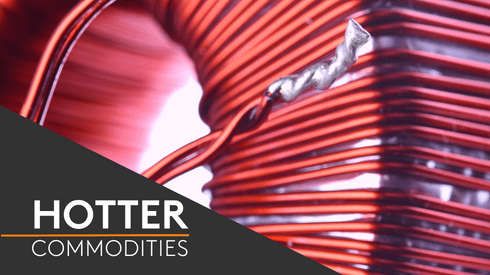The LME’s decision, announced after the market’s close on Friday, came two weeks after a market consultation period concluded on October 28. The exchange had invited comments on the acceptability of Russian metal brands on the exchange in a discussion paper issued on October 6.
“The LME has concluded, on the basis of feedback received, that the thesis which would underpin fears of a disorderly market (in particular, a sufficiently large proportion of global consumers refusing to accept Russian metal in 2023) is not supported by evidence at this time. Accordingly, the LME does not propose to prohibit the warranting of new Russian metal,” the statement said.
“Additionally, feedback clearly indicated that thresholds or similar limits would be too complex to be practicable,” the statement continued. “As such, the LME will proceed with the status quo in respect of Russian metal.”
“In reaching this conclusion, the LME recognizes that stocks of Russian metal in warehouses may well rise over the coming months. Given expectations of lower growth in the global economy, it would be expected that stocks would increase in any event – and, given that at least some consumers appear to be self-sanctioning Russian material, it is feasible that Russian material may represent a larger proportion of such warehoused material than would otherwise be the case,” the LME said.
“However, having conducted the comprehensive market engagement exercise by means of the Discussion Paper, the LME believes that the market can take a degree of confidence that the deposited Russian metal will remain consumable by the market,” it added. “Additionally, the LME believes that the existing mechanisms for calculating premia above the LME’s base price will be responsive to these circumstances.”
Fastmarkets has received reports of Russian-origin aluminium commanding far lower premiums, especially in Europe, than equivalent metal from other locations.
Russia is the world’s second-largest exporter of aluminium, after China, and a major supplier of many metals, such as nickel, platinum, palladium and titanium.
In ferroalloys, it is the biggest ferro-silicon provider to the US, for example, while in steel, it is the fifth biggest country supplying the US.
Fastmarkets will follow international sanctions in regard to suspending Russian or other brands from its price reporting process, as stated in an October 18 update on its aluminium pricing methodology.
US aluminium premium behaving differently
Some US sources say they expect the benchmark aluminium premium to increasingly diverge for Russian and non-Russian aluminium—especially given renewed market speculation that the US might, in fact, ban Russian aluminium. Europe, by contrast, really depends on Russian aluminium, which is less than 5% of US supply, some added.
The US P1020A aluminium premium rose on Tuesday November 8, while those in Europe and elsewhere fell in Fastmarkets’ weekly premium comparison.
An outright US ban or specific producer sanctions on Russian aluminium were widely expected after Russia invaded Ukraine on February 24.
The US previously removed Russia’s Most Favored Nation status in April and then revoked Russia’s market economy status on Thursday November 10, which is likely to increase duties on Russian aluminium imports.
Paradoxically, the benchmark US aluminium premium initially fell after news broke on October 12 that the US was close to banning Russian aluminium.
But the US Midwest aluminium premium began rising in November – seemingly reversing its long-term decline.
The premium fell from its record high of a 40-cent midpoint in May, partly because anticipated sanctions were not realized and partly on growing fears of recession.
Fastmarkets assessed the aluminium P1020A premium, ddp Midwest US at 19-22 cents per lb on Friday, flat from Tuesday, November 8. It had risen on November 1 to 19.5-20 cents per lb from 19-20 cents on October 28 – its low point of 2022.





